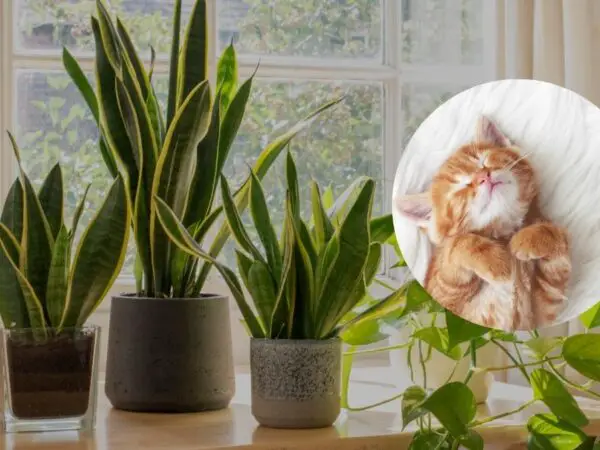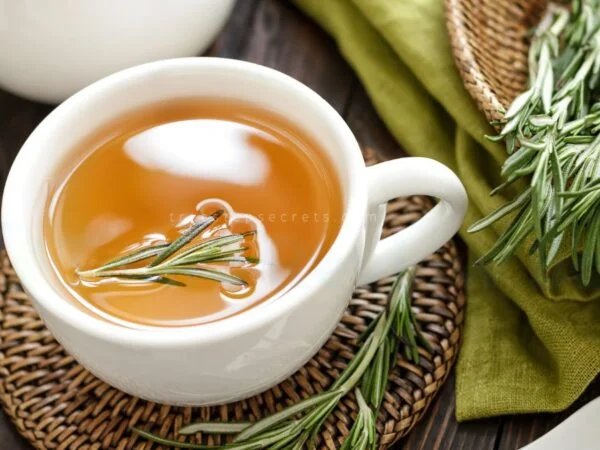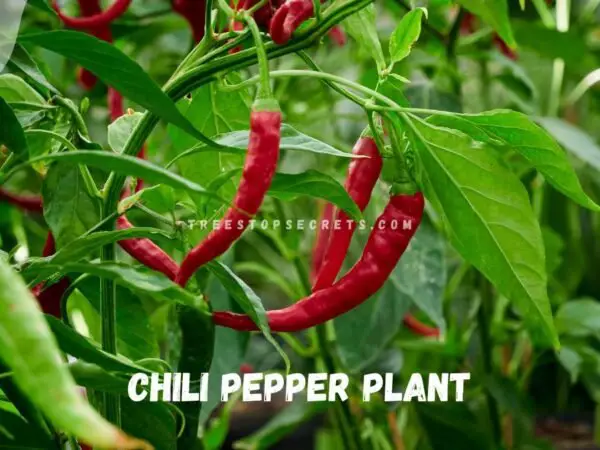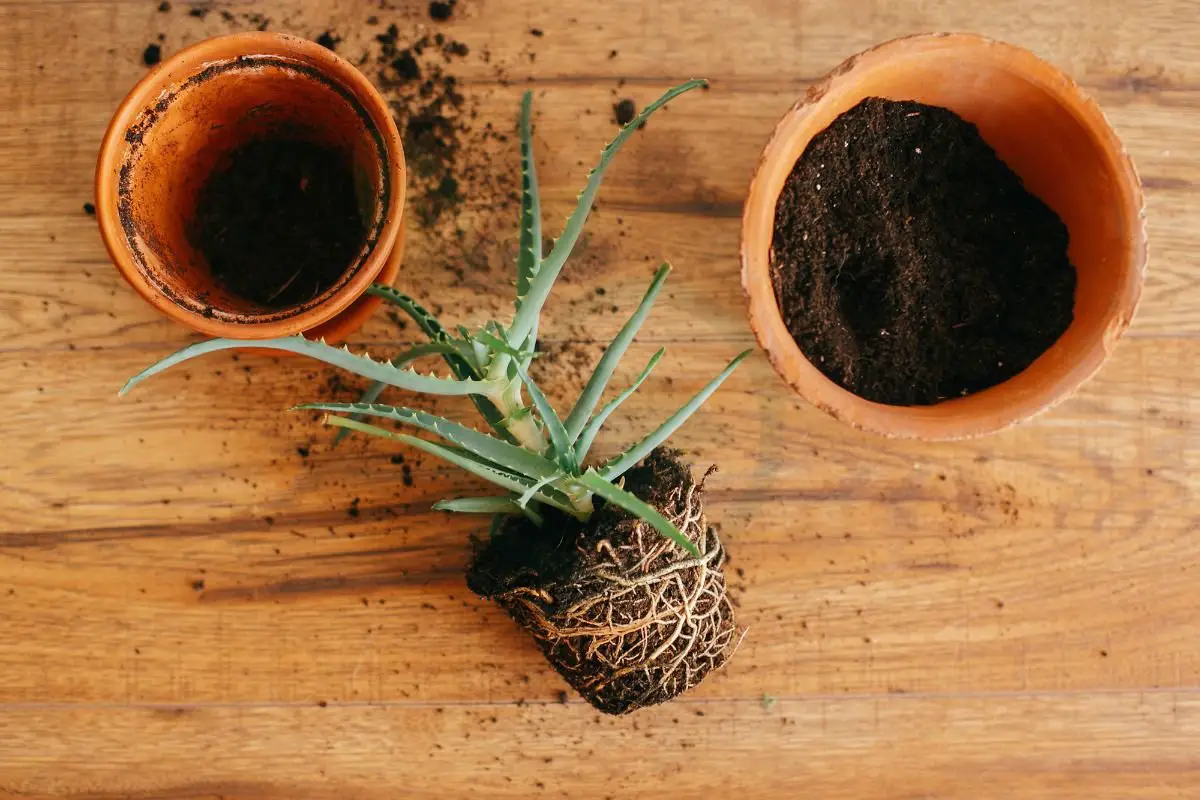
Looking for the best Potting Mix for Aloe Vera plants and pots in the garden? Look no further! I'm here to guide you through selecting the perfect potting mix that will keep your Aloe Vera thriving. With my expertise in horticulture and plant care, I can assure you that finding the right mix for your Aloe Vera in pots is essential for the health and growth of your garden.
When it comes to choosing the ideal potting mix for Aloe Vera for indoors, there are a few key factors like pots and size to consider in different zones. Firstly, opt for a well-draining mix to prevent waterlogging, which can lead to root rot. A mixture of succulent soil, perlite, and sand in equal parts works wonders. Ensure the potting mix is slightly acidic, with a pH level around 6.0 to 7.0, to mimic the plant's natural habitat. Additionally, incorporating organic matter like compost can provide essential nutrients for robust growth. Remember to repot your Aloe Vera every couple of years to refresh the soil and promote healthy root development.
With proper potting mix, your Aloe Vera plants will thrive and adorn your living space with their beauty while offering numerous health benefits. From soothing sunburns to purifying indoor air, Aloe Vera is a versatile and low-maintenance plant that deserves the best care possible. Stay tuned for more expert tips and tricks to ensure your Aloe Vera plants flourish year-round.
Key Takeaways
- Choose the Right Mix: Opt for a well-draining soil mix to prevent root rot and provide adequate aeration for your aloe vera plant.
- Balance the pH: Maintain a slightly acidic to neutral pH level in the soil to support nutrient uptake and overall plant health.
- Watch for Warning Signs: Be alert to symptoms of poor soil conditions like yellowing leaves or stunted growth, indicating the need for soil improvement.
- Enhance Nutrient Content: Incorporate organic matter like compost or perlite to enrich the soil and promote healthy growth for your aloe vera.
- Ensure Proper Drainage: Implement effective drainage techniques such as adding sand or gravel to prevent waterlogging and maintain soil structure.
- DIY Recipes for Success: Experiment with different soil mixes and ingredients to find the perfect blend that suits your aloe vera's needs.
Understanding Soil Importance
Soil Characteristics
Aloe vera thrives in well-draining soil with a sandy texture, allowing roots to breathe and preventing waterlogging. Adequate soil drainage is crucial to prevent root rot and maintain the plant's health. The composition of soil, rich in minerals like potassium and phosphorus, plays a vital role in supporting aloe vera's growth.
Nutrition Importance
Essential nutrients such as nitrogen, potassium, and magnesium are key for aloe vera's development. Proper nutrition enhances the plant's vitality, promoting healthy leaf growth and overall resilience. Nutrient deficiencies can lead to stunted growth, yellowing leaves, and decreased productivity in aloe vera plants.
Water and Air
Proper watering techniques involve allowing the soil to dry out between watering sessions to prevent root rot. Air circulation around the plant is essential for preventing fungal diseases and promoting healthy growth. Overwatering can suffocate the roots, leading to wilting and eventual death of the plant.
Insulation Needs
Aloe vera plants require insulation during colder months to protect them from frost damage. Insulation helps maintain stable temperatures, preventing stress on the plant during extreme weather conditions. Consistent temperatures are crucial for aloe vera's growth and overall well-being.
Selecting Best Soil Mix
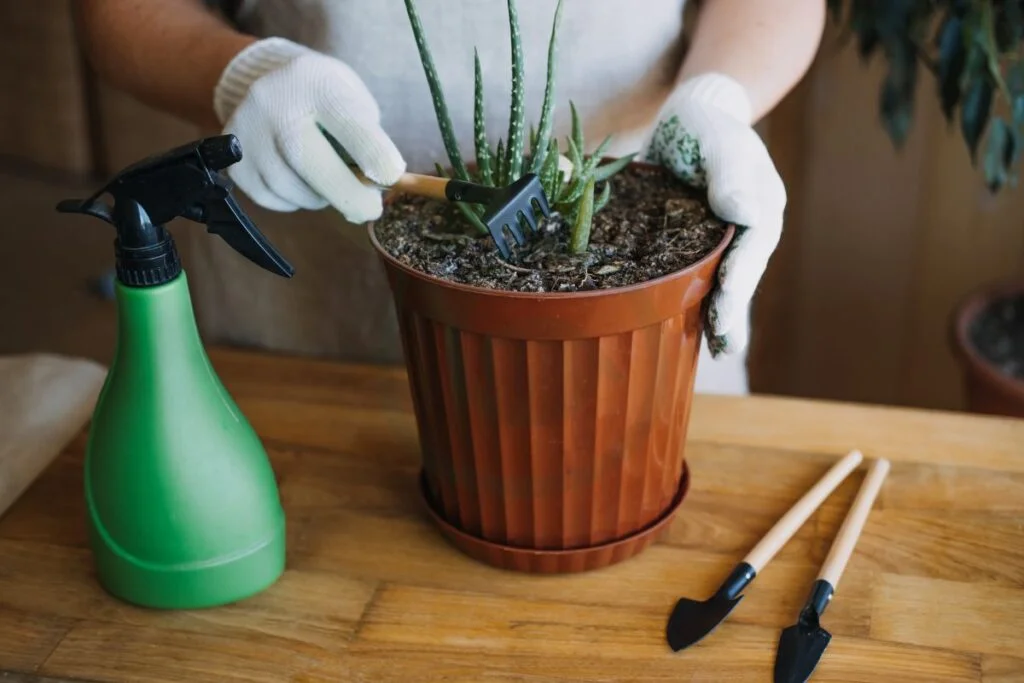
Drainage Requirements
Aloe vera requires well-draining soil to thrive, preventing root rot and waterlogged conditions. Without proper drainage, aloe vera roots can suffocate and decay, leading to plant death. To ensure adequate drainage, use a soil mix that includes perlite or sand to improve airflow and prevent water accumulation in the pot.
pH Level
Maintaining the right pH level is crucial for aloe vera as it affects nutrient absorption. Aloe vera plants prefer slightly acidic soil with a pH range between 6.0 and 7.0. Adjusting the pH levels can be done by adding materials like peat moss or lime to the soil mix for optimal growth and nutrient uptake.
Aeration Needs
Proper aeration is essential for healthy root development in aloe vera plants. Adequate airflow around the roots promotes oxygen exchange, preventing root diseases and enhancing nutrient uptake. To improve soil aeration, consider adding materials like perlite or coarse sand to the potting mix to enhance air circulation within the soil.
Nutrient Content
A good potting mix for aloe vera should contain essential nutrients such as nitrogen, phosphorus, and potassium. These nutrients play vital roles in supporting aloe vera growth by promoting leaf development, root growth, and overall plant health. Ensuring the right balance of nutrients in the soil mix is crucial for sustaining healthy aloe vera plants.
Recommended Ingredients
Soil Mix Components
When creating a potting mix for aloe vera, it's crucial to include specific components. Sand, perlite, and peat moss are essential materials that contribute to the ideal soil mix. Sand aids in drainage, preventing waterlogging and root rot. Perlite enhances aeration, promoting healthy root development and growth. Peat moss retains moisture, ensuring consistent hydration levels for the plant.
Including sand in the potting mix helps prevent overwatering by improving drainage. Perlite's ability to aerate the soil allows oxygen to reach the roots, aiding in nutrient absorption. Peat moss's moisture retention properties help maintain optimal hydration levels for aloe vera, supporting its growth and overall health.
The right mix of sand, perlite, and peat moss creates a well-balanced environment for aloe vera to thrive. Proper drainage prevents waterlogged soil, reducing the risk of root diseases. Enhanced aeration supports healthy root systems, enabling efficient nutrient uptake and overall plant vigor. Consistent moisture levels provided by peat moss ensure the plant's hydration needs are met, promoting robust growth and vitality.
Optimal Growth Nutrients
Nutrients play a vital role in promoting optimal growth for aloe vera plants. Key nutrients such as nitrogen, phosphorus, and potassium are essential for their development. A balanced ratio of these nutrients is crucial for supporting healthy foliage growth, root development, and flowering in aloe vera plants.
Aloe vera requires specific nutrient ratios to support its growth stages effectively. Nitrogen aids in leafy green growth and overall plant vigor. Phosphorus is essential for root development and flower production. Potassium contributes to disease resistance and stress tolerance in aloe vera plants.
Providing the right nutrients in the correct ratios enhances aloe vera's resilience against environmental stressors such as pests and diseases. Balanced nutrition ensures that the plant receives adequate support for its various growth processes, leading to stronger immunity and overall well-being.
DIY Aloe Vera Recipes
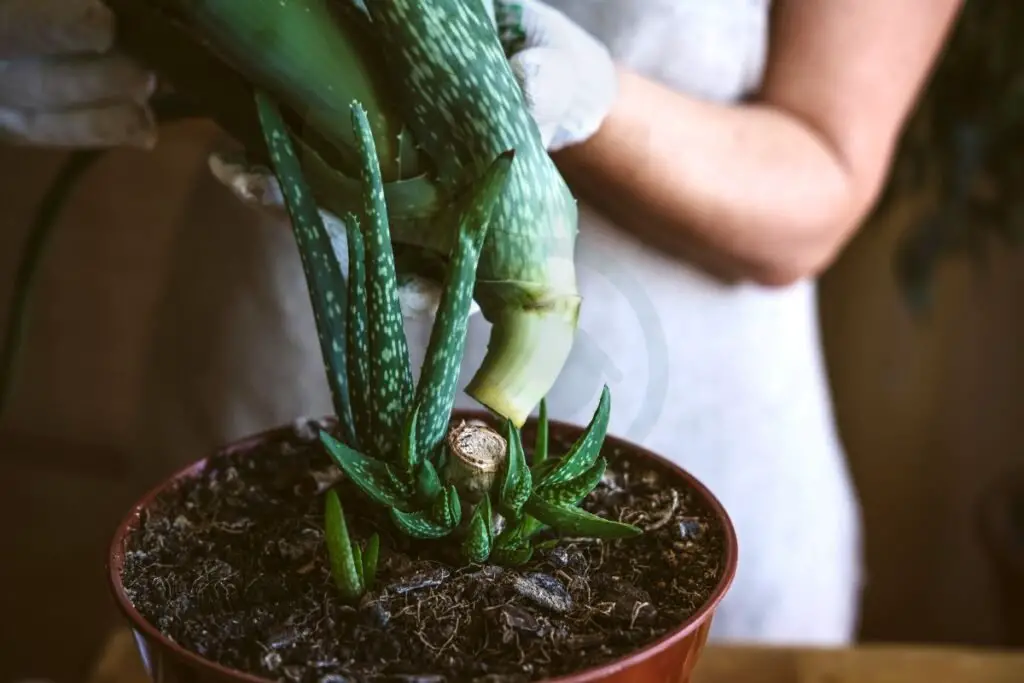
Mixing Guidelines
To create the perfect potting mix for aloe vera, start by combining equal parts of cactus soil and perlite. Next, add a small amount of sand to improve drainage. Mix the ingredients thoroughly to ensure uniform distribution of nutrients. Avoid overwatering the mix as it can lead to root rot.
When preparing the soil mix for aloe vera, it's crucial to follow proper mixing techniques. This ensures that the plant receives an even distribution of essential nutrients for healthy growth. Common mistakes to avoid include using regular garden soil, which can retain too much moisture and cause root issues.
Balance of Nutrients
Maintaining a balanced nutrient profile is key to promoting the health of your aloe vera plant. An imbalance in nutrients can lead to stunted growth, discoloration, or even plant death. Adjusting nutrient levels based on the plant's needs is essential for achieving optimal growth conditions.
Nutrient imbalances can have detrimental effects on aloe vera health. For instance, excess nitrogen can result in leggy growth, while a lack of phosphorus may lead to poor flowering. To prevent such issues, regularly monitor the plant's appearance and adjust nutrient levels accordingly.
Signs of Poor Soil
Yellowing Leaves
Aloe vera plants with yellowing leaves may signal underlying issues like overwatering or nutrient deficiencies. Nutrient deficiencies can cause leaves to turn yellow due to lack of essential elements. To address this, consider adjusting the plant's watering schedule and providing proper nutrients.
One common cause of yellowing leaves is nitrogen deficiency, leading to pale green or yellow leaves. Another issue could be potassium deficiency, causing leaf edges to turn brown and curl. Address these deficiencies by using a balanced fertilizer rich in nitrogen and potassium.
To tackle yellowing leaves, ensure your aloe vera plant receives adequate sunlight for photosynthesis. Consider repotting the plant in fresh potting mix to replenish nutrients. Avoid over-fertilizing, which can also lead to leaf discoloration.
Discoloration Symptoms
Discoloration symptoms in aloe vera plants can manifest as yellow, brown, or reddish spots on leaves. These symptoms often indicate specific nutrient deficiencies within the soil. For instance, yellow spots might point towards an iron deficiency.
Different nutrient deficiencies can result in varied discoloration patterns on aloe vera leaves. Iron deficiency may cause yellowing between veins, while magnesium deficiency shows up as yellow bands along leaf margins. Correct identification is crucial for effective treatment.
Diagnosing and treating discoloration issues involves examining the plant's overall health and growth patterns. Use a balanced fertilizer with micronutrients to address specific deficiencies. Consider adjusting pH levels in the soil if necessary for optimal nutrient absorption.
Optimal Drainage Techniques
Watering Guidelines
Aloe vera plants thrive with infrequent watering. Ensure the soil dries out completely between waterings to prevent root rot.
Water aloe vera deeply, but let the excess water drain from the pot to avoid water accumulation at the roots.
Overwatering can lead to yellowing leaves and mushy stems, while underwatering results in shriveled leaves and a droopy appearance.
Remember, consistency is key when it comes to watering aloe vera plants for optimal growth and health.
pH Level Adjustments
Testing Soil pH
Testing soil pH for aloe vera plants is crucial for their overall health and growth. Imbalanced pH levels can hinder nutrient absorption, leading to stunted growth or discoloration. Utilize soil testing kits to accurately measure the pH level of the potting mix.
To adjust the pH levels, consider incorporating amendments like sulfur or lime. These amendments help in acidifying or alkalizing the soil accordingly. Regularly monitor the pH levels to ensure they remain within the optimal range of 6.0 to 7.0 for aloe vera plants.
Maintaining optimal pH levels is essential for aloe vera health as it directly impacts their ability to absorb nutrients effectively. Aloe vera plants thrive best in slightly acidic to neutral soils, making it crucial to regularly test and adjust the soil's pH levels.
Aeration Techniques
Ensuring Proper Airflow
Proper airflow is crucial for aloe vera plants as it aids in their overall health and growth. Good air circulation helps in preventing fungal diseases that can harm aloe vera. To ensure proper airflow, consider placing your aloe vera in areas with ample ventilation both indoors and outdoors.
Without adequate airflow, aloe vera plants can become susceptible to moisture-related issues, leading to root rot and other fungal infections. By allowing air to circulate around the plant, you reduce the chances of stagnant moisture buildup, ensuring the plant's roots remain healthy.
To enhance airflow indoors, place your aloe vera near windows or open doors where there is a steady breeze. Avoid overcrowding plants in one area to allow for better ventilation. Outdoors, consider placing your aloe vera in an area with gentle wind exposure but protected from strong gusts that could damage the plant.
- Pros:
- Prevents fungal diseases
- Promotes healthier root system
- Enhances overall plant growth
- Cons:
- Requires regular monitoring
- May need adjustments based on weather conditions
Nutrient Enhancement Methods
Fertilizing Tips
Fertilizing aloe vera is essential for optimal growth. Use a balanced fertilizer with an N-P-K ratio of 10-40-10 for best results. Apply the fertilizer sparingly, as aloe vera doesn't require frequent feeding.
When fertilizing aloe vera, ensure to dilute the fertilizer to half-strength to prevent root burn. Water the plant thoroughly after fertilizing to help distribute the nutrients evenly. Avoid fertilizing during the winter months when aloe vera is in its dormant phase.
Types of fertilizers suitable for aloe vera include liquid cacti or succulent fertilizers and slow-release granular fertilizers. Liquid fertilizers are easy to apply and quickly absorbed by the plant, while slow-release granular options provide nutrients gradually over time.
Maintain a balanced fertilizing routine by feeding your aloe vera plant every 3-4 months during its growing season, typically from spring to fall. A balanced routine ensures that your plant receives the necessary nutrients for healthy development without being overfed.
Closing Thoughts
Now that you've grasped the essentials of selecting the right potting mix for your aloe vera, you're equipped to nurture thriving plants. Understanding soil composition, drainage, aeration, and nutrient balance are key to fostering healthy growth. By implementing the recommended ingredients and techniques outlined in this guide, you can ensure your aloe vera thrives in optimal conditions. Remember to monitor signs of poor soil health and make necessary adjustments promptly to support your plant's well-being.
Take action today by applying these insights to enhance your aloe vera's environment. Share your newfound knowledge with fellow plant enthusiasts and continue exploring ways to improve your gardening skills. Your aloe vera plants will thank you for the care and attention they receive!
Frequently Asked Questions
What are the key benefits of using a specific potting mix for aloe vera?
Using a specific potting mix for aloe vera ensures proper drainage, optimal aeration, and balanced pH levels, promoting healthy root growth and preventing overwatering. It also provides essential nutrients for vibrant foliage and robust plant development.
How can I select the best soil mix for my aloe vera plant?
To select the best soil mix for your aloe vera, look for well-draining options like cactus or succulent mixes. Ensure the soil is porous to prevent waterlogging, contains perlite or sand for aeration, and has a slightly acidic to neutral pH level.
What ingredients are recommended in a potting mix for aloe vera?
Recommended ingredients in a potting mix for aloe vera include cactus or succulent soil, perlite or coarse sand for drainage, peat moss or coconut coir for moisture retention, and compost or slow-release fertilizer for nutrient enrichment.
How can I enhance the nutrients in the soil mix for my aloe vera plant?
You can enhance the nutrients in the soil mix by incorporating organic matter like compost or well-balanced fertilizers specifically formulated for succulents. Consider using natural amendments such as worm castings or seaweed extract to boost nutrient levels in the soil.
What are some signs that indicate poor soil conditions for my aloe vera plant?
Signs of poor soil conditions include yellowing leaves, stunted growth, root rot due to waterlogged soil, mold growth on the surface, and an unpleasant odor emanating from the pot. It's crucial to address these issues promptly by repotting your aloe vera into suitable soil.
Image Source: Paid image from CANVA

